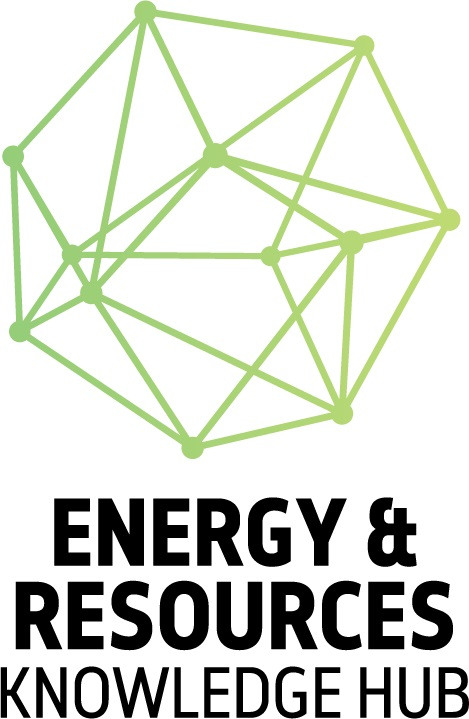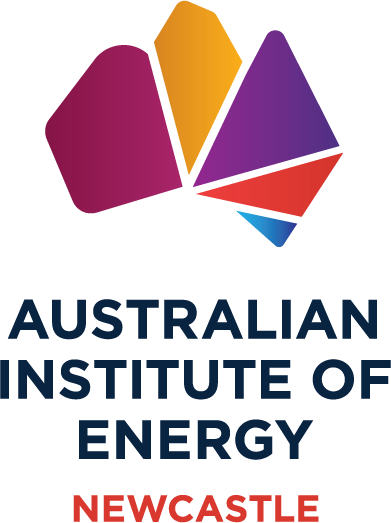New project to use thermo-photocatalysis and solar radiation to produce ultra-green hydrogen
Sparc Technologies signs JV with The University of Adelaide to develop new hydrogen tech

Sparc Technologies Limited has entered a joint venture (JV) agreement with its strategic partner and shareholder, the University of Adelaide, to jointly progress a project that will deliver a unique process with the aim of producing commercially viable ultra-green hydrogen.
The Ultra-Green Hydrogen technology has been developed by the University of Adelaide and Flinders University, with this project seeking to further develop the process, known as Thermo-Photocatalysis.
By employing the sun's radiation and thermal properties, water is converted into hydrogen and oxygen. Adopting this process to produce ultra-green hydrogen means that renewable energy from wind farms, and/or photovoltaic solar panels, does not need to be exploited for hydrogen production, nor does the process of electrolysis need to be employed.
As such, costs are anticipated to be significantly lower, supporting the production of ultra-green commercially viable energy in the form of hydrogen.
Furthermore, without the need of the footprint associated with massive scale wind and/or solar farms, this technology can also be adopted remotely and for onsite use, thereby reducing the reliance on long distance hydrogen transportation and/or electricity transmission.
Photocatalysis is the acceleration of a photoreaction in the presence of a catalyst. In catalysed photolysis, light is absorbed by an adsorbed substrate. In photogenerated catalysis, the photocatalytic activity depends on the ability of the catalyst to create electron–hole pairs, which generate free radicals (e.g., hydrogen) able to undergo secondary reactions.
Photocatalytic water splitting is an artificial photosynthesis process with photocatalysis in a photoelectrochemical cell used for the dissociation of water into its constituent parts, hydrogen (H2) and oxygen (O2), using light. Theoretically, only light energy (photons), water, and a catalyst are needed. This topic is the focus of much research, but thus far no technology has been commercialised.












